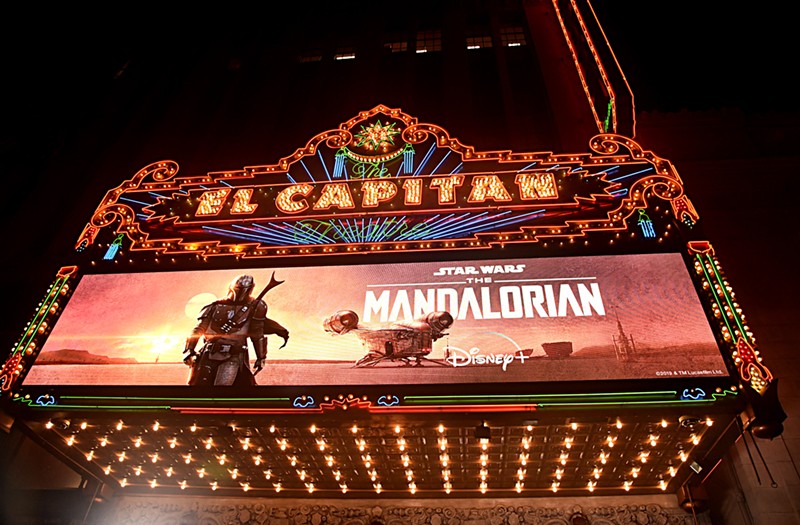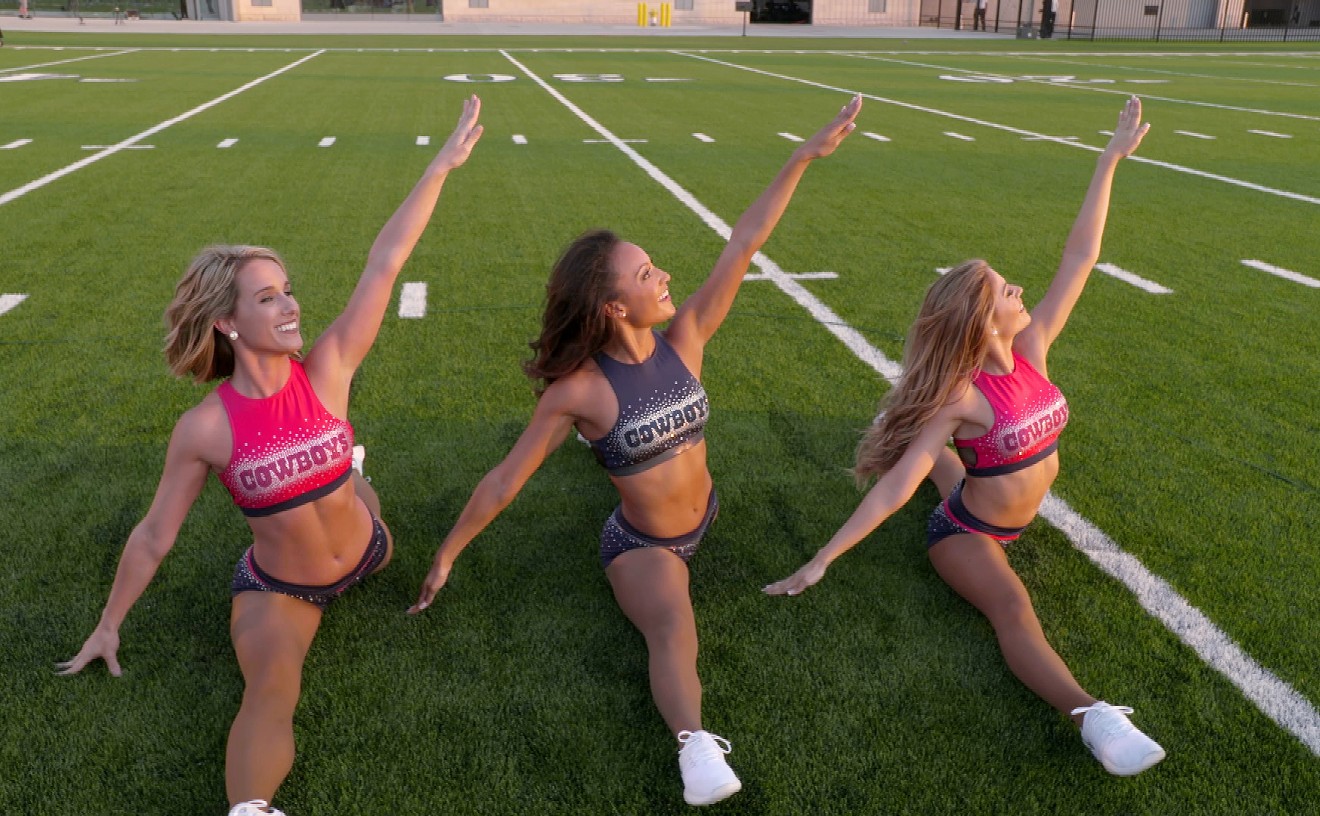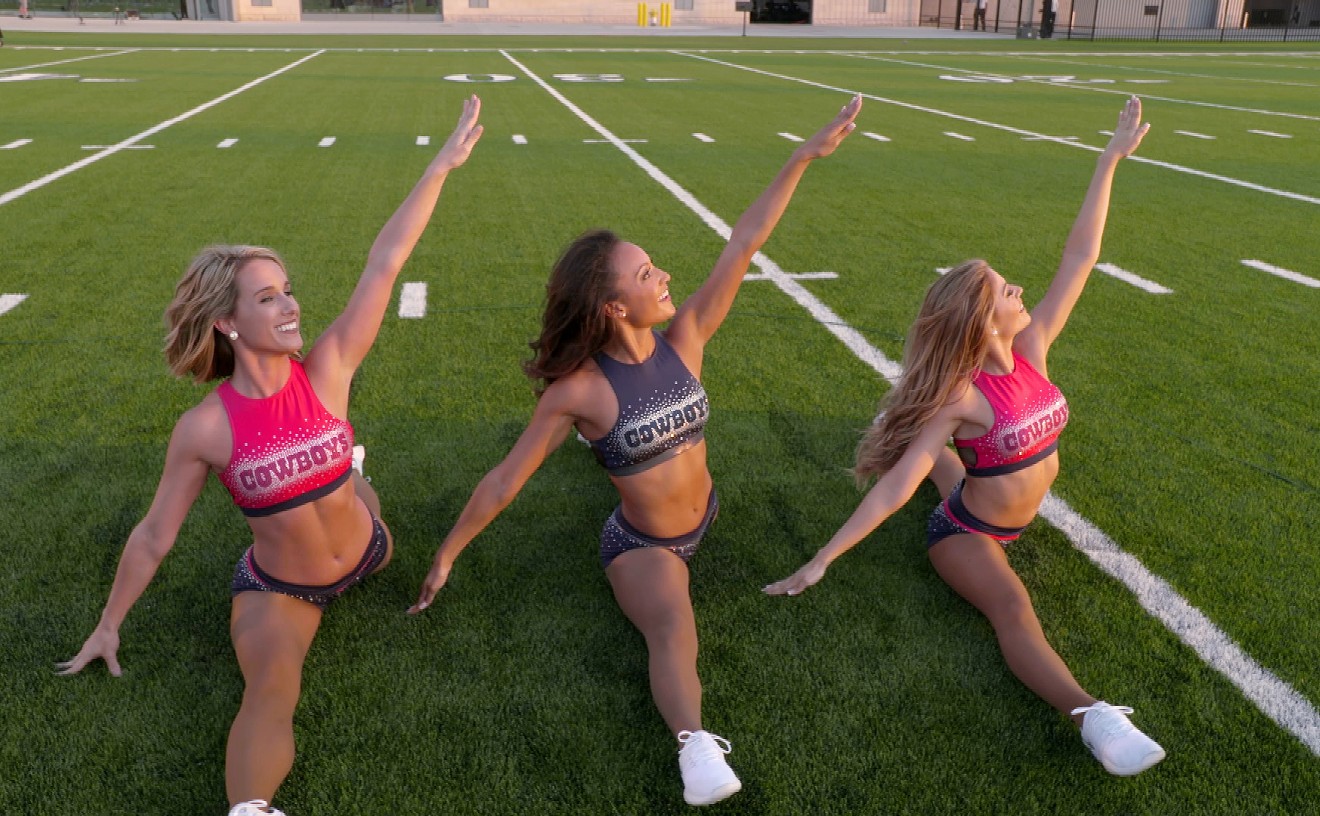Baby Yoda fever has swept the world. In the year since its first season debuted, the Star Wars live-action series The Mandalorian has generated a considerable amount of buzz and, in turn, boosted subscribers to the Disney+ streaming service. In a time of competing services with different audiences, it’s rare for a television series to take hold of the culture. Shows like Lost or Game of Thrones are the rare exceptions, but even people who’ve never seen Star Wars have probably shared a dozen Baby Yoda memes.
Part of the reason The Mandalorian has been so successful is that it focuses on the Western genre influences that inspired the original Star Wars films. George Lucas drew from many influences while creating the 1977 original film, such as Akira Kurosawa’s samurai films and Stanley Kubrick’s 2001: A Space Odyssey, but notably, Star Wars marked one of the first times that the words “Western” and “space opera” were used together.
The Mandalorian doubles down on those influences, delivering a lawless frontier with a nearly wordless gunslinger at the center of the story. The “hive of scum and villainy” that was only part of the Star Wars film franchise is the center of The Mandalorian, and creators Jon Favreau and Dave Filoni have been open with their intention to explore the morally gray characters on the fringe of the universe.
As The Mandalorian begins airing its second season, fans will be eager to look for the winks and nods to Western classics within the series. To tide you over before your next fix of Baby Yoda, check out some of these Texas-set Westerns that influenced the season.
Rio Bravo
The Star Wars franchise has succeeded because of its incredible locations and frequent action, but also because of the memorable characters and cheeky banter. The Mandalorian has certainly kept up that tradition, with many of the best moments in the first season revolving around the humorous bickering between heroes. The idea of a group of characters with flexible morals teaming up to fight a common foe is a great way to introduce humor and action into a story, and few films have exemplified that better than the 1959 western classic Rio Bravo.
Described by some as a “hangout Western,” the film centers on a rough and rowdy Texas sheriff (John Wayne), a town drunk (Dean Martin), and a young gunslinger (Ricky Nelson) who form a hasty alliance to hold a murderer captive while U.S. marshals are called to the scene. Although the film’s ending gunfight is an all-timer, it’s best known for the comic banter that director Howard Hawks brought to the story, which became a big influence on the character interactions in Star Wars.
The Searchers
The notion of the cinematic anti-hero has rarely been as iconic as John Wayne’s Ethan Edwards in the 1956 classic The Searchers. A war veteran driven to madness by his own bloodlust, Edwards would come to embody a darker side of the Western hero than the more clean-cut, idealistic heroes of '30s and '40s Westerns. Edwards is also characterized by his fatherly protection toward his niece Debbie (Natalie Wood), which would influence the “old man and the kid” Western trope that would extend to the Mandalorian’s dynamic with Baby Yoda.
The Searchers is also credited as being one of the most visually stunning films of all time, with John Ford’s signature landscape shots serving as a huge influence on the Star Wars planets. The backstory of Pedro Pascal’s title character, an orphan whose family was massacred during the Clone Wars, is also heavily inspired by The Searchers’ rich subtext regarding perpetual violence on the frontier.
For A Few Dollars More
You don’t get a Western hero more iconic than Clint Eastwood’s “Man With No Name,” the mostly silent hero of Sergio Leone’s Dollars trilogy. The brooding gunslinger character is the most obvious inspiration behind the character of The Mandalorian, a similarly quiet outlaw who nonetheless proves to have a heart of gold. Although Pascal’s character is ultimately revealed to have the name Din Djarin, he’s most often referred to by a series of nicknames reminiscent of Eastwood’s “Man With No Name.”
While The Good, The Bad, and The Ugly, the third film in the Dollars trilogy, is the most iconic of the three films, it’s actually the Texas-set second installment that inspired a major plot point in The Mandalorian. Early on in the season, the Mandalorian is tasked with teaming up with the ruthless bounty hunter IG-11 in an alliance reminiscent of the one between Eastwood and the villainous Lee Van Cleef in For A Few Dollars More. In both situations, the good and evil bounty hunters end up double-crossing each other when innocent lives are caught in the crossfire.
The Magnificent Seven
Due to the episodic nature of The Mandalorian, individual episodes can focus on specific scenarios that are directly inspired by classic story setups. Case in point, the series’ fourth episode “Sanctuary,” which revolves around a group of bounty hunters hired to protect an innocent village from a violent group of bandits. This synopsis first became popularized by Akira Kurosawa’s 1954 masterpiece Seven Samurai (one of George Lucas’ favorite films); the Japanese story was adapted for a Western audience with 1960’s The Magnificent Seven, which became a classic in its own right.
Each and every adaptation of this premise has succeeded because of the naturally compelling story; a group of unlikely heroes who must teach noncombatants how to defend themselves and develop creative means of facing an insurmountable enemy. Whether it’s the noble warriors of Seven Samurai, the wisecracking cowboys of The Magnificent Seven, or the slick bounty hunters in The Mandalorian, the premise has been a successful staple of genre stories for generations.
[
{
"name": "Air - MediumRectangle - Inline Content - Mobile Display Size",
"component": "18855504",
"insertPoint": "2",
"requiredCountToDisplay": "2",
"watchElement": ".fdn-content-body",
"astAdList": [
{
"adType": "rectangle",
"displayTargets": "mobile"
}
]
},{
"name": "Editor Picks",
"component": "17105533",
"insertPoint": "4",
"requiredCountToDisplay": "1",
"watchElement": ".fdn-content-body",
"astAdList": [
{
"adType": "rectangle",
"displayTargets": "desktop|tablet"
},{
"adType": "rectangle",
"displayTargets": "desktop|tablet|mobile"
}
]
},{
"name": "Inline Links",
"component": "18349797",
"insertPoint": "8th",
"startingPoint": 8,
"requiredCountToDisplay": "7",
"maxInsertions": 25
},{
"name": "Air - MediumRectangle - Combo - Inline Content",
"component": "17105532",
"insertPoint": "8th",
"startingPoint": 8,
"requiredCountToDisplay": "7",
"maxInsertions": 25,
"watchElement": ".fdn-content-body",
"astAdList": [
{
"adType": "rectangle",
"displayTargets": "desktop|tablet"
},{
"adType": "rectangle",
"displayTargets": "desktop|tablet|mobile"
}
]
},{
"name": "Inline Links",
"component": "18349797",
"insertPoint": "8th",
"startingPoint": 12,
"requiredCountToDisplay": "11",
"maxInsertions": 25
},{
"name": "Air - Leaderboard Tower - Combo - Inline Content",
"component": "17105535",
"insertPoint": "8th",
"startingPoint": 12,
"requiredCountToDisplay": "11",
"maxInsertions": 25,
"watchElement": ".fdn-content-body",
"astAdList": [
{
"adType": "leaderboardInlineContent",
"displayTargets": "desktop|tablet"
},{
"adType": "tower",
"displayTargets": "mobile"
}
]
}
]












